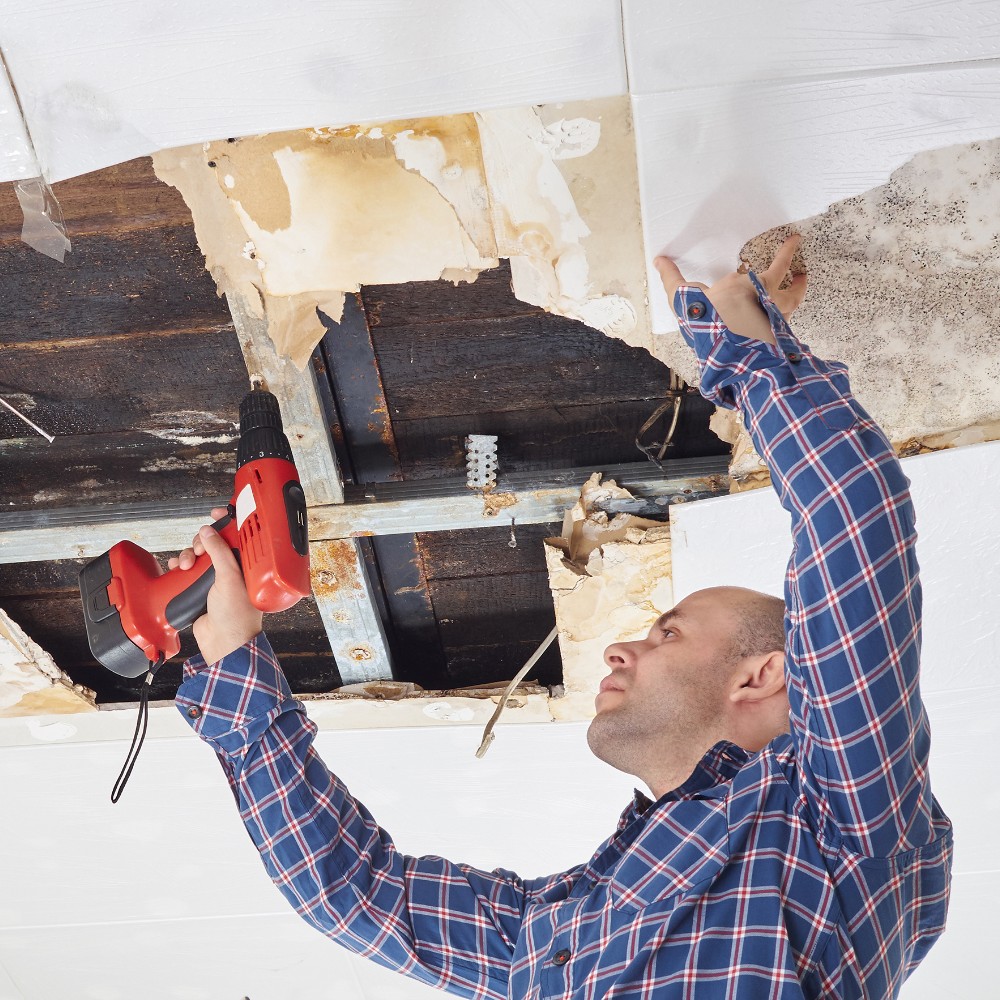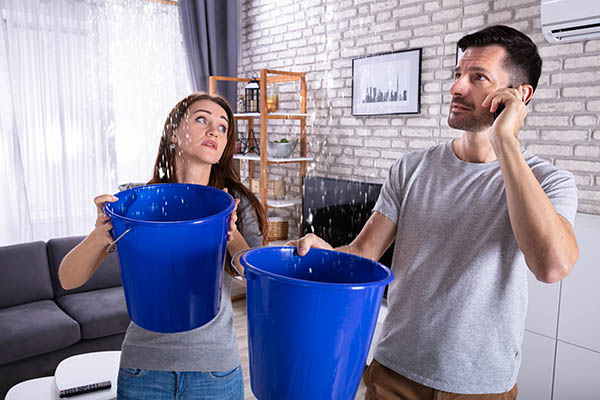Important Flood Cleanup Services FAQs for homeowners
Water Damage Restoration 101: Understanding the Process and Expense
Water damage can strike all of a sudden, leaving property owners in a state of complication. Understanding the reconstruction process is necessary for efficient recuperation. From examining the damage to selecting the ideal provider, each action impacts the general result and expense. Aspects such as the sort of water damage and necessity also play a significant function. What are the details strategies utilized in restoration, and how can one plan for potential costs?
Kinds Of Water Damage
Water damage can occur from various resources, each providing one-of-a-kind obstacles for restoration. The three key kinds of water damage are classified based on contamination levels: clean water, grey water, and black water. Tidy water originates from resources like damaged pipes or rainwater, positioning minimal health dangers. Gray water, that includes wastewater from sinks or cleaning devices, includes contaminants that might create pain or illness if consumed. Black water, one of the most harmful group, originates from sewer or floodwaters, containing harmful microorganisms and virus. Each type demands certain repair methods and security actions to efficiently minimize and attend to the damage health and wellness risks. Recognizing these distinctions is important for home owners and professionals associated with the water damage restoration process.
Preliminary Analysis and Examination
A complete initial evaluation and assessment are essential actions in the water damage restoration process. This phase begins with a professional examining the extent of the damage, identifying the resource of the water invasion, and figuring out the sort of water involved - Flood Cleanup Services. Technicians use specific tools to gauge moisture degrees in numerous materials, such as wall surfaces, floors, and furniture. In addition, they examine architectural integrity and prospective carcinogen, consisting of mold and mildew development. The searchings for from this evaluation notify the repair plan, directing necessary actions and resource allocation. Exact documents of the damage is crucial for insurance coverage cases and future referral. Overall, this preliminary analysis lays the groundwork for reliable reconstruction, guaranteeing an in-depth action to the details circumstance at hand

Water Removal Methods
Complying with the initial assessment, reliable water extraction techniques are employed to reduce damage and protect against more concerns. These techniques entail the use of specialized tools such as submersible pumps and industrial-grade vacuum cleaners. The option of technique depends on the volume of water present and the sort of materials affected. For standing water, submersible pumps are usually made use of for quick elimination, while vacuum cleaners are excellent for removing water from rugs and furniture. In addition, advanced methods like water removal mats might be employed for hard-to-reach locations. The objective is to eliminate as much water as feasible, decreasing the possibility for mold growth and architectural damage. Trigger and effective water removal is essential in the overall water damage repair process.
Drying Out and Dehumidification Process
When the water removal is complete, the drying out and dehumidification process comes to be crucial to restoring the affected area. This phase generally employs industrial-grade dehumidifiers and air movers to effectively minimize wetness degrees. The dehumidifiers attract wet air, getting rid of excess humidity, while air moving companies distribute air to accelerate dissipation. Monitoring tools is typically made use of to track humidity and temperature level levels, making sure optimal drying out conditions. The duration of this process can vary depending upon the extent of the water damage and ecological factors. It is vital to thoroughly completely dry all impacted materials, consisting of wall surfaces, floor covering, and furnishings, to avoid mold and mildew development and architectural damage. Correct implementation of this step is essential for an effective restoration end result.
Cleaning and Disinfecting Afflicted Areas

First Analysis and Examination
Prior to starting any type of restoration initiatives, a thorough initial assessment and inspection of the impacted locations are essential for reliable cleansing and disinfecting. This procedure entails recognizing the level of water damage, establishing the source of the water invasion, and assessing the materials affected. Examiners typically search for indications of mold and mildew development, architectural honesty problems, and harmed items. The analysis additionally consists of checking dampness levels using specialized equipment to guarantee no surprise water pockets stay, as these can lead to more issues. Recording the findings is important for intending the next steps in the remediation process. A detailed first assessment allows repair professionals to design a targeted method for effective cleaning and sanitizing, inevitably lessening damage and health threats.
Cleaning Strategies and Products
Efficient cleaning and sterilizing of water-damaged areas need a range of strategies and items customized to the specific materials impacted. For permeable surface areas like drywall and carpets, removal approaches are important to remove excess moisture, followed by deep cleaning with specialized detergents. Non-porous materials such as ceramic tile or steel can be cleaned up making use of commercial-grade cleansers that effectively eliminate contaminants. Vapor cleansing is another reliable technique, particularly for carpets and furniture, as it utilizes high temperatures to remove germs and mold. In addition, environment-friendly items are increasingly preferred for their security and effectiveness. Ultimately, choosing the appropriate cleaning approaches and products not just guarantees prompt sanitation but additionally help in protecting against more damage and health and wellness threats related to water intrusion.
Sanitization and Disinfection Techniques
When attending to water damage, proper sanitization and disinfection methods are important to guarantee the security and health of the afflicted atmosphere. After preliminary cleansing, surfaces must be treated with suitable disinfectants to remove virus, mold, and microorganisms that flourish in moist conditions. Usual methods consist of using EPA-approved chemical disinfectants, which can be applied through spraying or cleaning techniques. In addition, ultraviolet (UV) light systems can successfully sterilize locations by counteracting microbes without severe chemicals. The choice of technique commonly depends on the type of products impacted and the extent of contamination. Inevitably, comprehensive sanitization not only restores a secure space but additionally assists avoid future wellness threats related to lingering dampness and mold growth.

Repair Services and Restoration Options

Aspects Influencing Restoration Prices
The degree of water damage directly impacts the remediation sets you back home owners can anticipate to incur. Variables such as the resource of the water, the duration of direct exposure, and the afflicted materials substantially influence pricing. As an example, tidy water damage from a busted pipeline is usually less costly to restore compared to damage created by sewage. Furthermore, the degree of contamination determines the demand for specialized cleaning and disposal services, further raising expenditures. Geographical location additionally contributes, as regional labor prices and schedule of repair services can differ. Finally, the seriousness of the reaction influences costs; quicker interventions generally result in reduce overall expenditures by protecting against more damage. Comprehending these factors is vital for home owners when estimating remediation expenses
The three primary types of water damage are categorized based on contamination levels: clean water, gray water, and black water. An extensive first analysis and inspection are crucial actions in the water damage repair process. For standing water, completely submersible pumps are commonly utilized for fast elimination, while vacuums are ideal for drawing out water from rugs and upholstery. The level of water damage straight influences the repair sets you back home owners can expect to incur. Tidy water damage from a busted pipeline is usually less costly to recover contrasted to damage triggered by sewer.